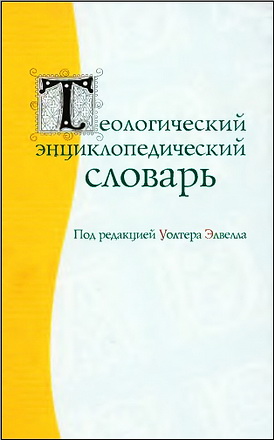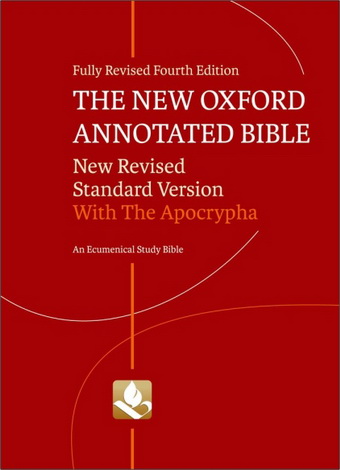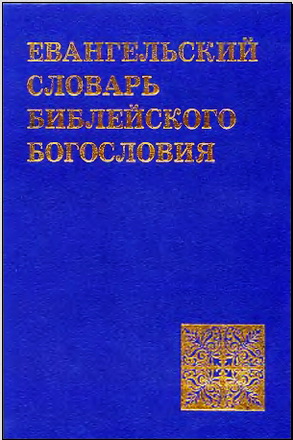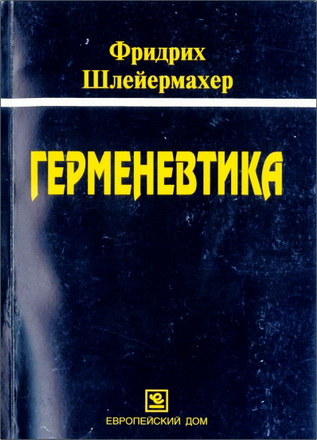
New Oxford Annotated Bible With The Apocrypha - 4th edition
For nearly five decades The Oxford Annotated Bible and its successor The New Oxford Annotated Bible have served generations of readers and students as a study Bible. That extraordinary longevity alone is eloquent testimony to its success. This new edition retains the format and features that have proven so attractive. At the same time, the field of biblical studies has not been static, and this edition is a thoroughgoing revision of the previous ones. In particular, the editors have recruited contributors from a wide diversity of backgrounds and of scholarly approaches to the biblical traditions. In order to present this diversity more fully, the introductions to the biblical books, the maps and charts, the annotations, and the study materials at the end of the book have been significantly enhanced and lengthened since the third edition.
We recognize that no single interpretation or approach is sufficient for informed reading of these ancient texts, and have aimed at inclusivity of interpretive strategies. On a great number of issues there is a consensus among scholars, and the contributors have been encouraged to present such consensus when it exists. Where it has broken down, and has not yet re-formed, alternatives are mentioned. Moreover, in order to respect the canonical status of various parts of the Bible for different communities, and to avoid privileging any book or part of the Bible, we have kept both introductions and annotations roughly proportionate to the length of the books, while recognizing that some parts require more elaboration than others.
The editorial process was collaborative. Each contribution was read in its entirety by at least three of the editors, and revised with a view toward consistency of tone, coherence of approach, and completeness of coverage. We have also wanted to allow the contributors' own voices to be heard, and we have avoided imposing a superficial uniformity of style and approach. Throughout, we have kept the needs of the general audience firmly in mind during the editorial stages, and our aim has been a congruity of experience as a reader turns from book to book and from section to section of the finished volume.
CONTENTS OF THE ANNOTATED BIBLE
The biblical text stands apart from any editorial contributions, in both placement and format. This will enable anyone who wishes to do so to read the text unprejudiced by editorial judgments.
The footnotes that are part of the New Revised Standard Version (indicated by an italic superscript letter after the word or phrase in question) are printed at the bottom of the right-hand column of the biblical text on each page where they occur. In these notes, divergent textual readings and alternate translations are printed in italics. The phrase “Other ancient authorities read” means that the reading (i.e., the wording) of the passage is different in various manuscripts and early versions, and the word “Or” signifies that the Hebrew, Aramaic, Greek, or Latin text permits an alternate rendering besides the one given in the text. (See “Textual Criticism,” p. 2192.)
The New Oxford Annotated Bible - New Revised Standard Version With The Apocrypha
Fully Revised Fourth Edition
An Ecumenical Study Bible
Michael D. Coogan, Editor
Oxford University Press, 2010. - 2439 pp.
The New Oxford Annotated Bible - New Revised Standard Version With The Apocrypha - Contents
The Editors' Preface
To the Reader
Alphabetical Listing of the Books of the Bible
Abbreviations
The Hebrew Bible
THE PENTATEUCH
Introduction
Genesis
Exodus
Leviticus
Numbers 1
Deuteronomy
THE HISTORICAL BOOKS
Introduction
Joshua
Judges
Ruth
1 Samuel (1 Kingdoms in Greek)
2 Samuel (2 Kingdoms in Greek)
1 Kings (3 Kingdoms in Greek)
2 Kings (4 Kingdoms in Greek)
1 Chronicles (1 Paralipomenon in Greek)
2 Chronicles (2 Paralipomenon in Greek)
Ezra (2 Esdras in Greek)
Nehemiah (2 Esdras in Greek)
Esther
THE POETICAL AND WISDOM BOOKS
Introduction
Job
Psalms
Proverbs
Ecclesiastes
Song of Solomon
THE PROPHETIC BOOKS
Introduction
Isaiah
Jeremiah
Lamentations
Ezekiel
Daniel
Hosea
Joel
Amos
Obadiah
Jonah
Micah
Nahum
Habakkuk
Zephaniah
Haggai
Zechariah
Malachi
The Apocryphal/Deuterocanonical Books
Introduction
The Apocryphal/Deuterocanonical Books are listed here in four groupings, as follows:
(A) BOOKS AND ADDITIONS TO ESTHER AND DANIEL THAT ARE IN THE ROMAN CATHOLIC, CREEK, AND SLAVONIC BIBLES
Tobit
Judith
The Additions to the Book of Esther (with a translation of the entire Greek text of Esther)
Wisdom of Solomon
Ecclesiasticus, or the Wisdom of Jesus, Son of Sirach
Baruch
The Letter of Jeremiah (Baruch ch 6)
The Additions to the Greek Book of Daniel:
The Prayer of Azariah and the Song of the Three Jews
Susanna
Bel and the Dragon
1 Maccabees
2 Maccabees
(B) BOOKS IN THE CREEK AND SLAVONIC BIBLES; NOT IN THE ROMAN CATHOLIC CANON
1 Esdras (2 Esdras in Slavonic, 3 Esdras in Appendix to Vulgate)
Prayer of Manasseh (in Appendix to Vulgate)
Psalm 151 (following Psalm 150 in the Greek Bible)
3 Maccabees
(C) IN THE SLAVONIC BIBLE AND IN THE LATIN VULCATE APPENDIX
2 Esdras (3 Esdras in Slavonic, 4 Esdras in Vulgate Appendix) (Note: In the Latin Vulgate, Ezra-Nehemiah are 1 and 2 Esdras.)
(D) IN AN APPENDIX TO THE CREEK BIBLE
4 Maccabees
The New Testament
THE COSPELS
Introduction
Matthew
Mark
Luke
John
The Acts of the Apostles
LETTERS/EPISTLES IN THE NEW TESTAMENT
Introduction
Romans
1 Corinthians
2 Corinthians
Galatians
Ephesians
Philippians
Colossians
1 Thessalonians
2 Thessalonians
Introduction to the Pastoral Epistles
1 Timothy
2 Timothy
Titus
Philemon
Hebrews
James
1 Peter
2 Peter
1 John
2 John
3 John
Jude
Revelation
General Essays, Tables
The Canons of the Bible
Textual Criticism
Translation of the Bible into English
INTERPRETATION
The Hebrew Bible's Interpretation of Itself
The New Testament Interprets the Jewish Scriptures
Jewish Interpretation in the Premodern Era
Christian Interpretation in the Premodern Era
The Interpretation of the Bible: From the Nineteenth to the Mid-twentieth Centuries
Contemporary Methods in Biblical Study
The Geography of the Bible
CULTURAL CONTEXTS
The Ancient Near East
The Persian and Hellenistic Periods
The Roman Period
TABLES
Timeline
Chronological Table of Rulers
Weights and Measures
Calendar
Parallel Texts
TRANSLATION OF ANCIENT TEXTS
GLOSSARY
INDEX TO THE STUDY MATERIALS
CONCORDANCE
COLOR MAPS FOLLOW THE LAST PAGE OF TEXT





Комментарии
Пока нет комментариев. Будьте первым!